Urbanization and Population Growth
Urbanization and population growth seem to significantly influence the Track Laying Equipment Market. As urban areas expand, the demand for efficient public transportation systems, including railways, is likely to increase. This shift necessitates the deployment of modern track laying equipment to accommodate the growing passenger and freight traffic. Recent data suggests that urban populations are expected to rise by over 60% by 2050, which could lead to a substantial uptick in the need for rail infrastructure. Consequently, manufacturers of track laying equipment may find lucrative opportunities in developing innovative solutions tailored to urban environments.
Government Regulations and Standards
Government regulations and standards appear to be a significant driver for the Track Laying Equipment Market. Regulatory bodies are increasingly enforcing stringent safety and quality standards for railway construction and maintenance. Compliance with these regulations necessitates the use of high-quality track laying equipment that meets specific criteria. As a result, manufacturers are compelled to innovate and upgrade their offerings to align with these standards. This trend not only ensures safety but also enhances the overall efficiency of rail projects, potentially leading to a more competitive market landscape.
Infrastructure Development Initiatives
The ongoing emphasis on infrastructure development initiatives appears to be a primary driver for the Track Laying Equipment Market. Governments and private entities are increasingly investing in rail networks to enhance connectivity and support economic growth. For instance, the demand for efficient rail transport systems is projected to rise, leading to an estimated increase in the market size of track laying equipment by approximately 5% annually over the next five years. This trend indicates a robust need for advanced machinery that can facilitate the rapid construction and maintenance of rail tracks, thereby propelling the market forward.
Technological Innovations in Equipment
Technological innovations in equipment are likely to play a crucial role in shaping the Track Laying Equipment Market. The introduction of automated and semi-automated machinery is enhancing efficiency and precision in track laying processes. For example, advancements in GPS technology and machine learning are enabling more accurate alignment and installation of tracks, reducing labor costs and time. The market for such advanced equipment is projected to grow at a compound annual growth rate of around 6% over the next few years, indicating a strong trend towards modernization in the industry.
Investment in Renewable Energy Projects
Investment in renewable energy projects seems to be influencing the Track Laying Equipment Market positively. As countries strive to reduce carbon emissions, there is a growing focus on developing sustainable transportation solutions, including electrified rail systems. This shift necessitates the construction of new rail lines and the upgrading of existing infrastructure, thereby driving demand for track laying equipment. Recent reports indicate that investments in renewable energy infrastructure are expected to reach trillions of dollars in the coming decades, suggesting a substantial opportunity for the track laying equipment sector to align with these initiatives.


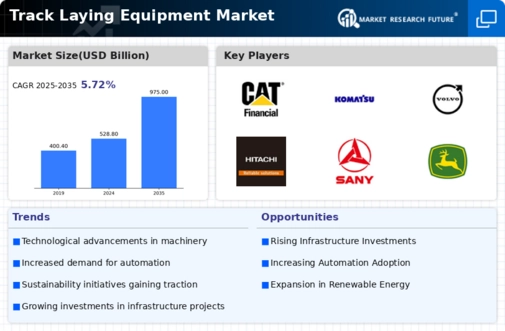
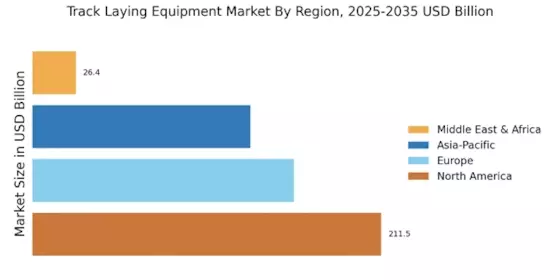
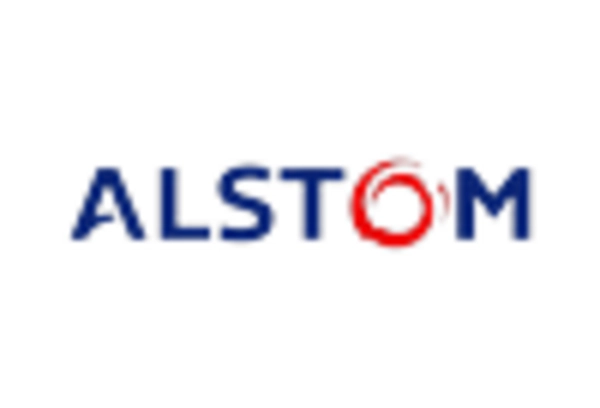


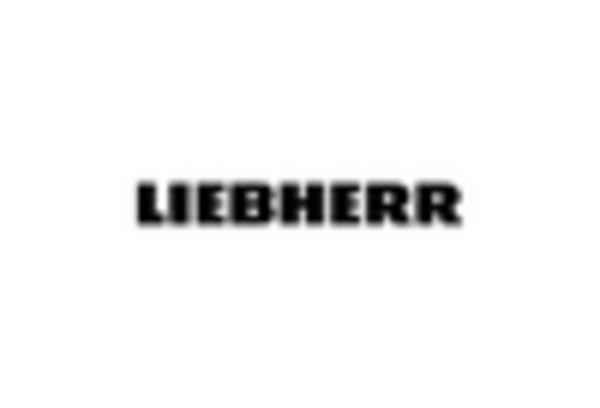
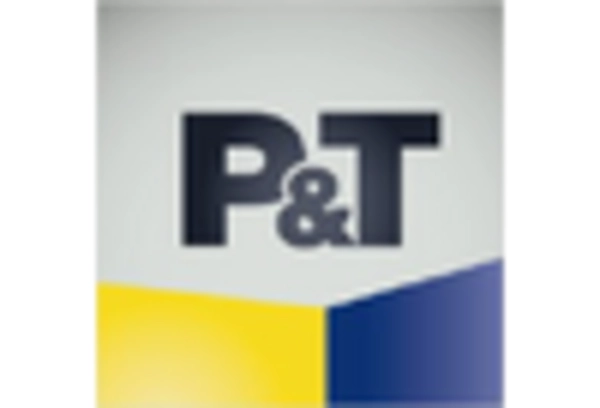









Leave a Comment